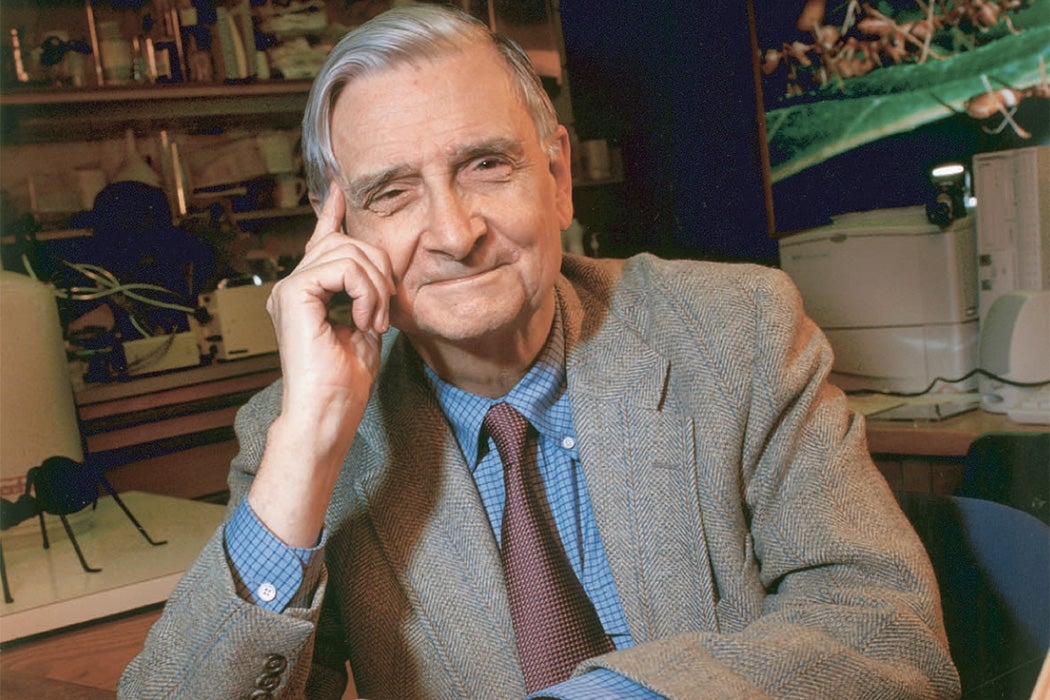Biodiversity has become a leading area of concern in many fields pertaining to the environment, including conservation, ecology, and environmental policy, particularly under climate change. Threats to biodiversity are abundant, and as the world warms, there is an increasing need to protect species and their habitats.
The rise of the term “biodiversity” to prominence can be attributed to the entomologist E. O. Wilson, who was one of the first scientists to describe the biodiversity crisis in the 1980s and work to find solutions to it. He explored the meaning of the word in a 1996 interview with The American Biology Teacher:
Biologists define biodiversity in the broadest sense as meaning all of the variety of life-from the different genes at the same chromosome position within populations, up through different species of organisms, on up to different aggregations of species in ecosystems…It is very important to study each one in turn and to understand fully how they are related to each other: the genes, the species and the ecosystems.
A taxonomist and naturalist by training, Wilson became a scientific generalist, unlike most scientists, who specialize narrowly. His work unites biology, evolution, and ecology. He believes that the biodiversity crisis requires advocacy as well as research, and he spends time educating the public on the nature of the problem.
The rate of extinction today is estimated to be a thousand times what it should be under natural selection. If this continues, Wilson has predicted, one-fifth of all plant and animal species will be either extinct or endangered by 2030.
Wilson’s germinal research on ant communities has focused on finding new species and detailing how they interact with one another and their environment. His approach to community biology has led to the development of the field of sociobiology, the study of species interactions, which continues to influence how species are studied and protected today. Wilson’s theories on population interactions are used across biology, evolution, and even psychology.
Wilson is also known for his ideas to protect biodiversity. He has written extensively about the half-earth strategy, a plan to protect half of the Earth’s ecosystems.
Weekly Newsletter
Wilson not only advocates protecting species now, he also is a leading proponent of the impacts that biodiversity loss could have in the future. As he explains in the interview with Neil Campbell, “The reason we should study and maintain biodiversity is the great benefit that it can provide. Once lost, the species and its library of genetic information, with potential importance to the ecosystem, is gone forever and cannot be retrieved.”
But ever a naturalist at heart, his passion extends beyond research. He concludes in his article, “To know this world is to gain a proprietary attachment to it. To know it well is to love and take responsibility for it.”
Support JSTOR Daily! Join our new membership program on Patreon today.







